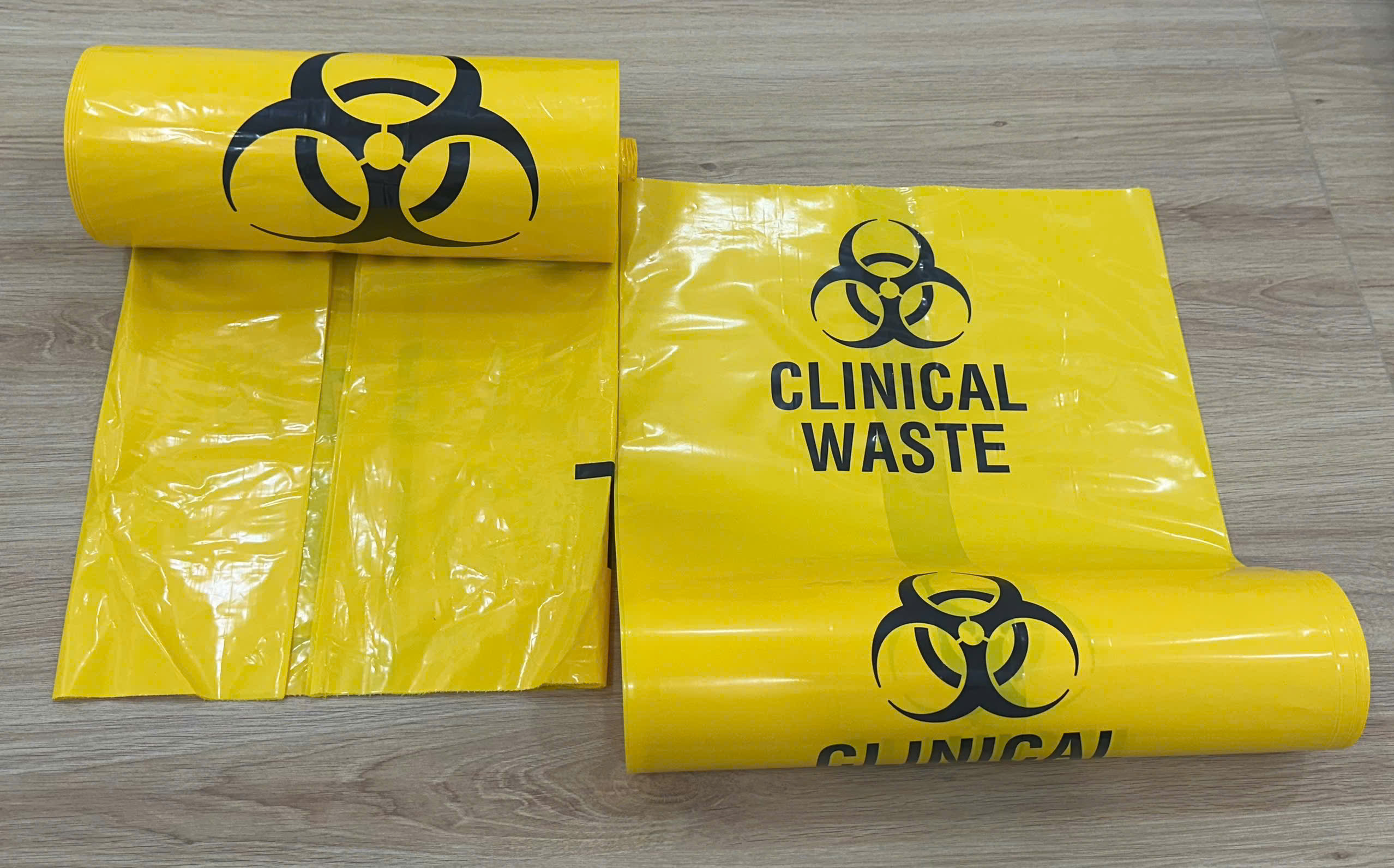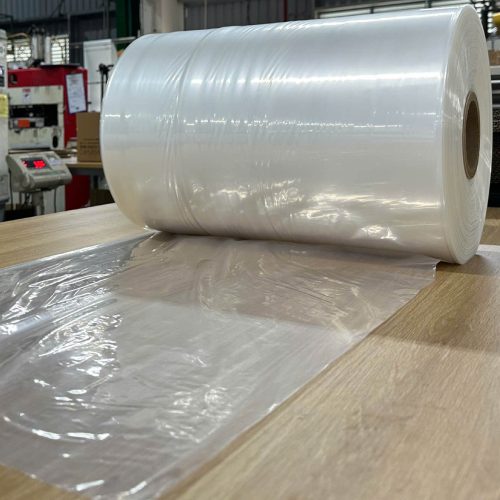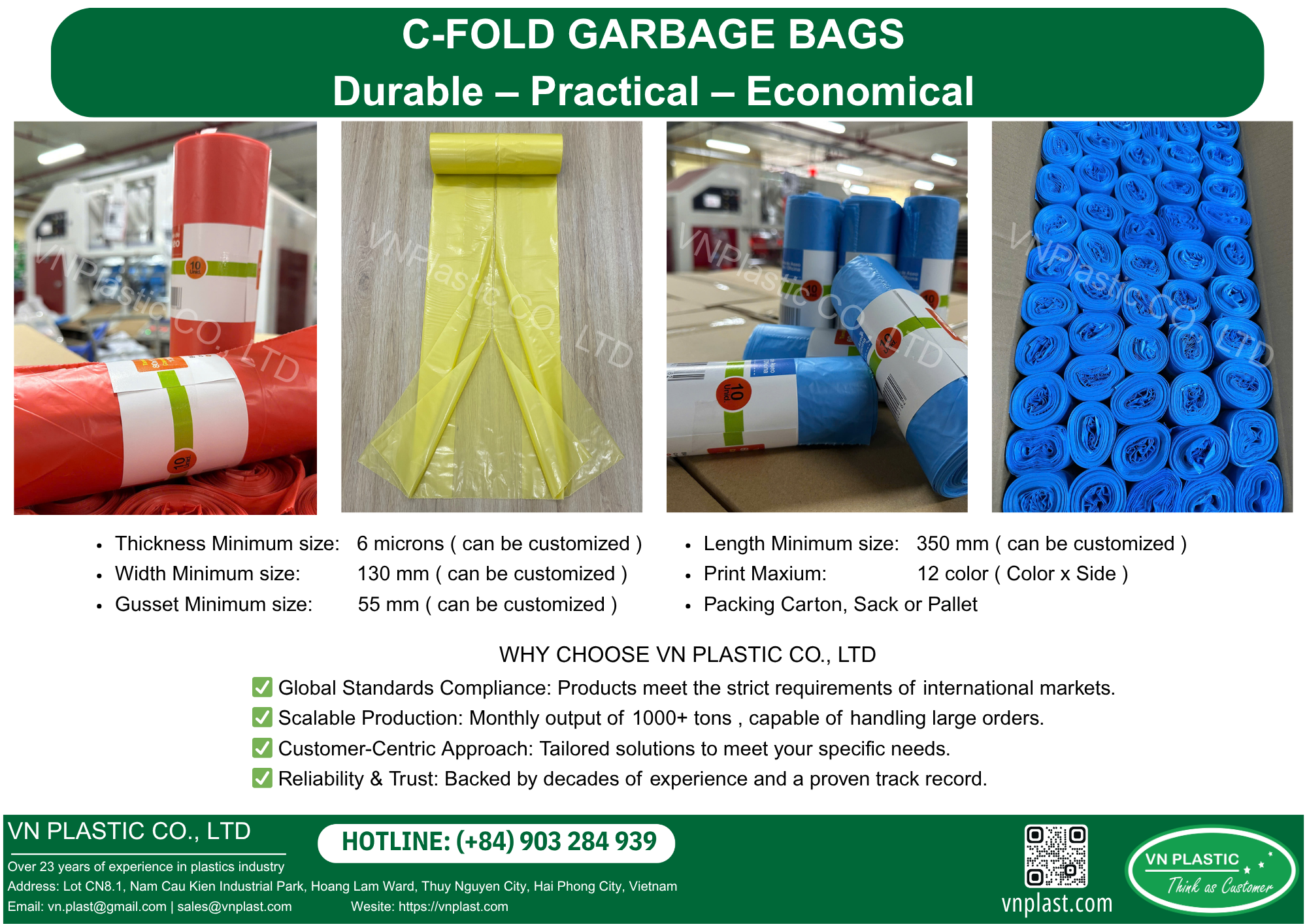The Stretch Film Plastic Industry has evolved significantly over the past few decades, finding its roles in various sectors, from food preservation to heavy-duty packaging. Stretch film is a highly stretchable plastic film that is wrapped around items for protection and containment. It plays an essential role in ensuring products remain intact during transit while adding value to the supply chain process. As we explore the different facets of this industry, it becomes evident that its impact extends far beyond just packaging materials.
Stretch Film Plastic Industry

The Stretch Film Plastic Industry has become a pivotal component of modern logistics and packaging solutions. This sector encompasses a wide range of products designed to protect, secure, and enhance the transport of goods in various industries such as agriculture, pharmaceuticals, retail, and manufacturing. Stretch films are designed to cling tightly to products or pallets, providing safety and preventing damage during shipping and storage.
The importance of stretch film cannot be understated. It not only keeps items secure but also minimizes the risk of contamination, especially in food packaging. The film’s elasticity allows it to conform to the shape of the products being wrapped, creating a protective barrier against dust, moisture, and other environmental factors. As businesses increasingly seek sustainable, cost-effective packaging solutions, the stretch film plastic industry is witnessing significant innovations and transformations.
In this section, we will delve into the different aspects of the Stretch Film Plastic Industry, including its composition, types, applications, and the growing focus on sustainability.
Composition of Stretch Film
Stretch films are primarily composed of linear low-density polyethylene (LLDPE), a material known for its superior stretchability and resilience. The composition of stretch film can vary based on its intended application, leading manufacturers to blend different polymers to achieve desired characteristics.
The key properties of stretch films include:
- Clinginess: A critical feature that enables stretch films to adhere to the surface of the product without the need for adhesives.
- Thickness: Varying thickness levels allow for customization based on the type of product and level of protection required.
- Transparency: The ability to see through the film can be essential for inventory management and product visibility.
These compositions enable stretch films to cater to various markets, offering tailored solutions for specific customer needs.
Types of Stretch Film
The flexibility of stretch film allows for numerous variations, each serving distinct purposes within the packaging arena. Some common types of stretch film include:
- Hand-held Stretch Film: Often used for manual wrapping processes, this type is perfect for smaller operations or where machinery isn’t feasible. It’s user-friendly and ideal for lightweight products.
- Machine Stretch Film: Designed for automated systems, machine stretch film improves efficiency by allowing for rapid wrapping of large volumes of products. This type often has higher elongation and tear resistance capabilities.
- Colored Stretch Film: Beyond aesthetics, colored films can serve practical purposes, such as inventory control or branding. They can also provide additional protection against UV light degradation.
By understanding these various types, companies can make informed decisions about which stretch film best fits their production and packaging requirements.
Applications of Stretch Film
The versatility of stretch film leads to a plethora of applications across multiple industries. In addition to basic pallet wrapping, stretch film finds use in:
- Food Packaging: Due to its protective qualities, stretch film is commonly employed in food preservation, ensuring freshness and extending shelf life. Its transparency allows consumers to view the product while maintaining hygiene.
- Construction Materials: For construction sites, stretch film serves as a protective layer for building materials against weather conditions, dirt, and debris.
- Textiles and Clothing: Protective wrapping of textiles prevents them from getting soiled during transit. Moreover, it assists in keeping clothing organized and securing packages.
Such diverse applications highlight the adaptability of stretch film and its significance within the broader context of global supply chains.
Sustainability in the Stretch Film Plastic Industry
As environmental concerns mount, the stretch film plastic industry faces challenges and opportunities in sustainable practices. Many companies are moving towards biodegradable or recyclable stretch films to reduce their ecological footprint.
Innovations such as using plant-based resins or incorporating recycled materials into stretch film production are gaining traction. Furthermore, manufacturers are focusing on producing thinner films without compromising strength, reducing material usage and waste.
As consumer demand for eco-friendly products increases, the industry’s response will likely shape its future trajectory. Emphasizing sustainability could bolster brand loyalty and cater to a market segment that prioritizes environmental responsibility.
Stretch Film Plastic Industry Vietnam
Vietnam’s position in the Stretch Film Plastic Industry has gained prominence in recent years. With a rapidly expanding economy and increasing demand for efficient packaging solutions, the country has become a hub for stretch film manufacturing and distribution. This section explores the landscape of the stretch film plastic industry in Vietnam, highlighting its growth, challenges, and future prospects.
Growth of the Stretch Film Plastic Industry in Vietnam
The rise of the stretch film plastic industry in Vietnam can be attributed to several factors, including economic development, foreign investment, and an expanding middle class that drives consumption. The country’s steady GDP growth spurs demand across various sectors such as e-commerce, retail, and food processing, creating a fertile ground for the packaging industry to flourish.
As Vietnamese manufacturers embrace advanced technologies, there has been an uptick in the production capacity and quality of stretch films. Companies in Vietnam are now leveraging techniques previously found in more established markets, enabling them to produce high-quality stretch films that meet international standards.
Moreover, Vietnam’s strategic location in Southeast Asia provides an advantage for exporting products to neighboring countries. This geographical positioning supports logistics and distribution networks, ultimately benefiting the local stretch film manufacturing sector.
Challenges Facing the Stretch Film Plastic Industry in Vietnam
Despite the positive growth trajectory, the stretch film plastic industry in Vietnam faces its share of challenges. Competition is intensifying as more players enter the market, leading to price wars that threaten profit margins. Additionally, many small and medium-sized enterprises struggle to keep pace with larger corporations that can invest heavily in research and development.
Another significant challenge is the environmental impact associated with plastic production. While the demand for stretch films continues to rise, so does scrutiny regarding the plastic waste problem. This has prompted calls for more sustainable practices and innovations within the industry.
Furthermore, regulatory frameworks surrounding plastics can pose hurdles for manufacturers who may not have the resources or expertise to navigate compliance effectively. Adapting operations to align with evolving regulations can be costly and time-consuming.
Future Prospects of the Stretch Film Plastic Industry in Vietnam
Looking ahead, the stretch film plastic industry in Vietnam appears poised for continued growth. With heightened awareness of sustainability issues, companies are increasingly exploring alternatives to traditional plastic films. Research and innovation will play vital roles in driving this transformation toward more environmentally friendly options.
Investments in technology and automation will also enhance productivity and efficiency in the production process. By adopting cutting-edge machinery and methods, Vietnamese manufacturers can improve product quality while keeping costs competitive.
Additionally, the continued expansion of e-commerce and logistics services presents opportunities for the stretch film plastic industry. As online shopping grows, so does the need for effective packaging solutions that protect products during transit.
By embracing change and prioritizing sustainability, the stretch film plastic industry in Vietnam can carve out a reputation for excellence and innovation in the global marketplace.
Stretch Film Plastic Industry Co. Ltd.
Numerous companies operate within the stretch film plastic industry co. ltd. framework, specializing in manufacturing and distributing stretch films worldwide. These companies engage with clients from various sectors and emphasize quality, service, and innovation.
This section examines the structure of stretch film plastic companies, their operational strategies, and the significance they hold in the overall industry landscape.
Structure of Stretch Film Plastic Companies
Most stretch film plastic industry co. ltd. setups consist of various departments working cohesively to ensure smooth operations. Key departments typically include:
- Manufacturing: The heart of any stretch film company, the manufacturing department focuses on producing high-quality films while adhering to strict industry standards.
- Quality Control: Ensuring product integrity involves rigorous testing and inspection processes. This department guarantees that the finished products meet client specifications and comply with safety regulations.
- Sales and Marketing: Engaging with customers and promoting products is vital for business growth. The sales team develops relationships with existing customers while seeking new market opportunities.
- Research and Development: Innovation in the packaging industry is crucial. RD teams work on developing new materials, improving production processes, and enhancing overall product performance.
By having a well-rounded company structure, stretch film plastic industry co. ltd. can adapt quickly to market changes and stay ahead of competitors.
Operational Strategies for Success
To thrive in the stretch film plastic industry, companies must adopt effective operational strategies that balance efficiency, quality, and sustainability. Some successful approaches include:
- Lean Manufacturing: Implementing lean principles helps companies minimize waste, optimize workflow, and enhance productivity. By streamlining processes, manufacturers can lower costs while maintaining quality.
- Sustainable Practices: As discussed earlier, sustainability is becoming increasingly important. Companies are investing in eco-friendly materials, recycling initiatives, and energy-efficient production processes.
- Customer-Centric Focus: Understanding client needs is essential for success. Companies should prioritize communication, gather feedback, and tailor solutions to meet unique requirements.
By integrating these strategies, stretch film plastic industry co. ltd. can foster long-term growth and maintain a competitive edge.
The Importance of Innovation
Innovation is at the forefront of progress in the stretch film plastic industry. Responding to changing market demands requires companies to continuously evolve their offerings. Areas ripe for innovation include:
- Material Development: Advancements in polymer science are paving the way for new materials that are stronger, lighter, and more environmentally friendly.
- Smart Packaging Solutions: The integration of technology into packaging, such as sensors or RFID tags, can provide real-time data about product conditions during shipment.
- Customizable Options: Offering tailored solutions allows customers to choose specific characteristics for their stretch films, ensuring optimal performance for varied applications.
By fostering a culture of innovation, companies within the stretch film plastic industry can unlock new opportunities and propel themselves forward in a competitive market.
Conclusion
The Stretch Film Plastic Industry plays a critical role in contemporary packaging solutions, with significant contributions across various sectors. From its composition and types to the dynamic landscape in Vietnam and the operational strategies of industry co. ltd., every facet reveals a complex interplay of innovation, sustainability, and market forces.
As the industry navigates challenges, particularly regarding environmental concerns, its focus on research, development, and the adoption of sustainable practices will define its future. Companies that prioritize customer needs, invest in innovative solutions, and commit to responsible manufacturing will undoubtedly thrive in this transformative era. The evolution of stretch film technology promises to shape not just packaging, but the entire logistics and supply chain landscape for years to come.
Factory: No 5, Lot CN8.1, Nam Cau Kien Industrial Park, Hoang Dong Commune, Thuy Nguyen District, Hai Phong City, Viet Nam.
Tel/whatsapp:(+84)903 284 939
Ws: http://vnplast.com
Email: [email protected] | [email protected]





